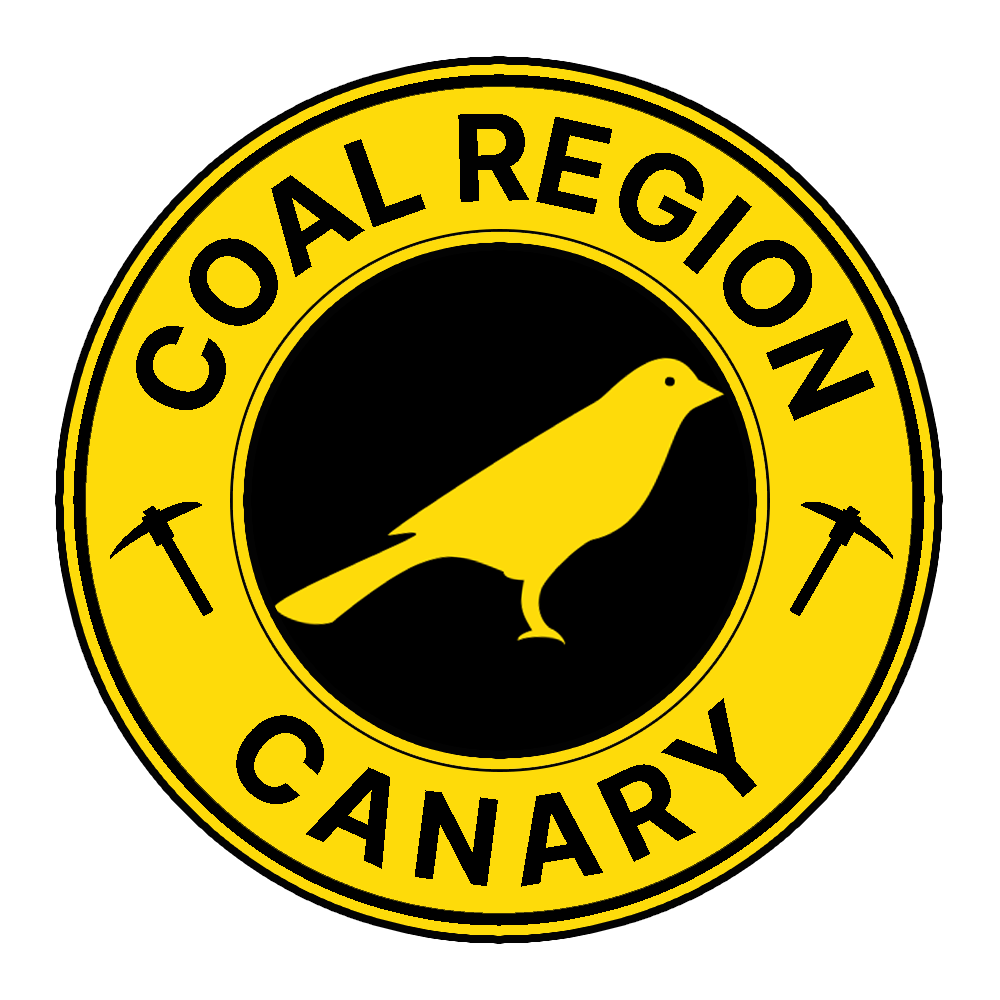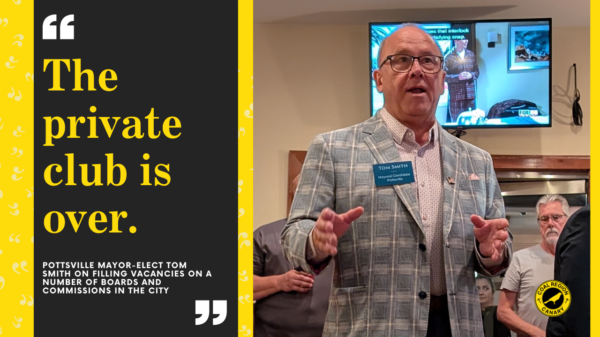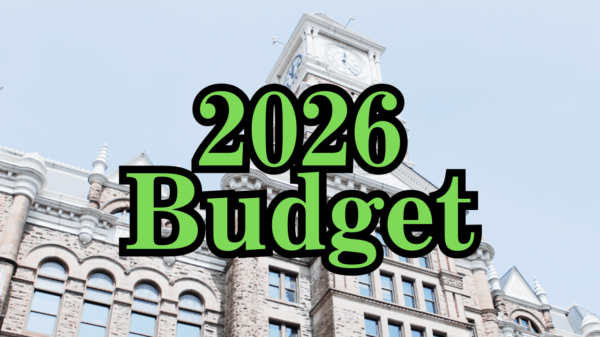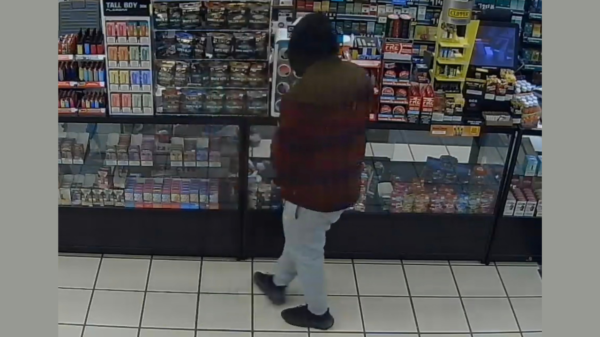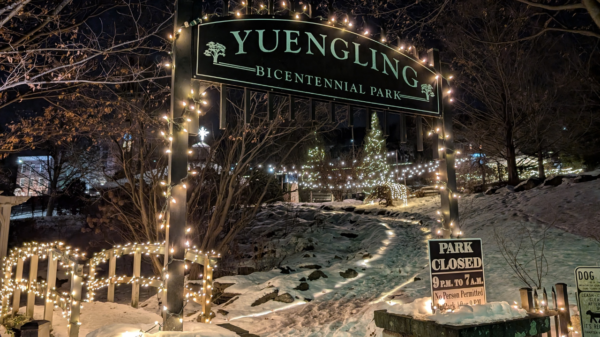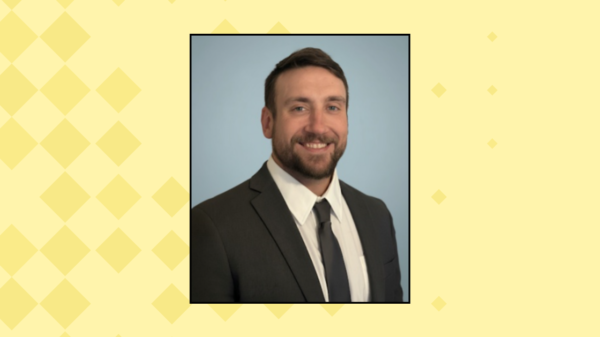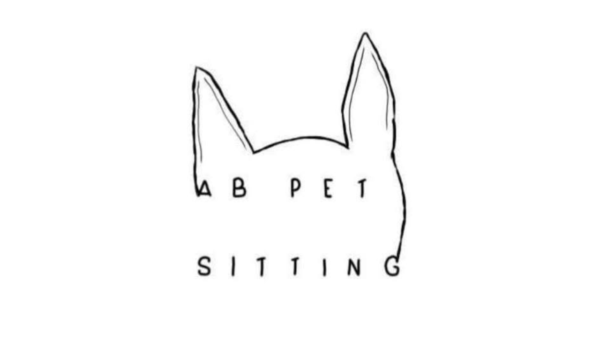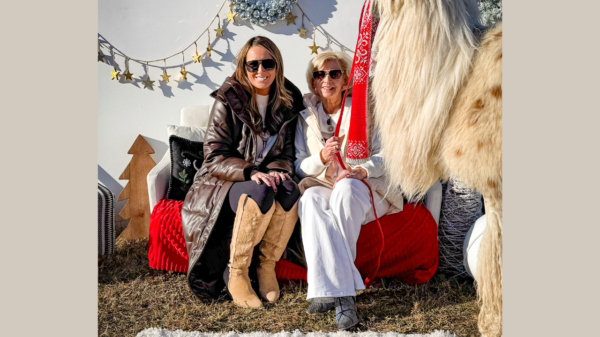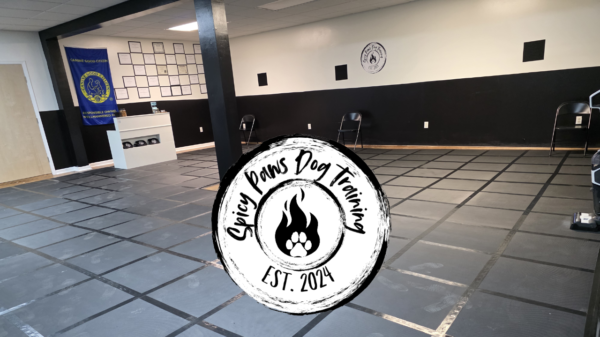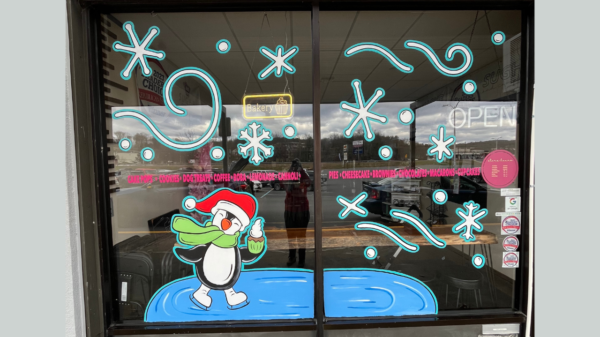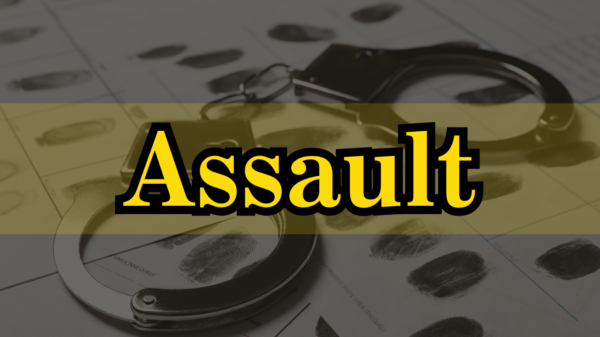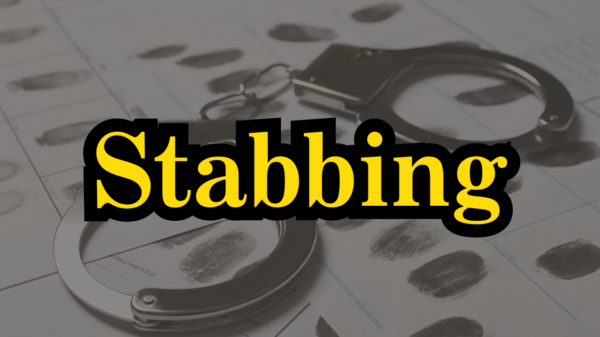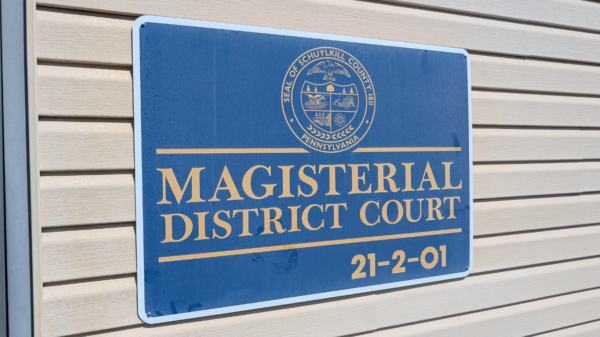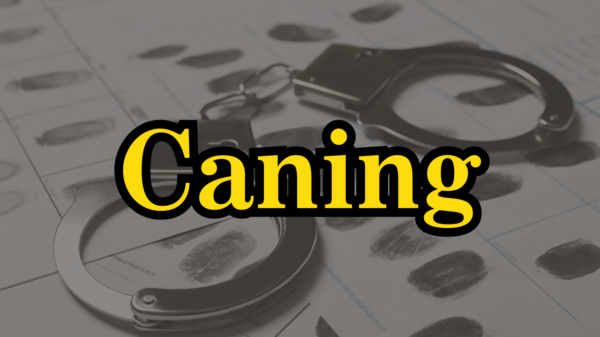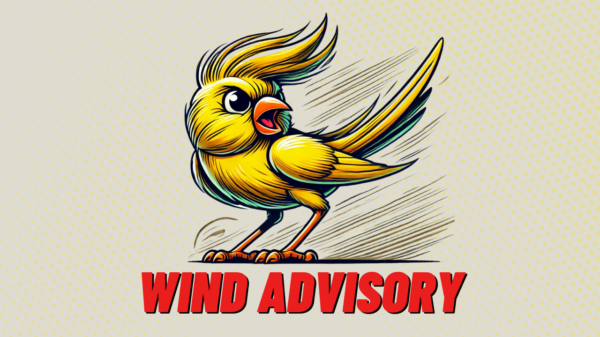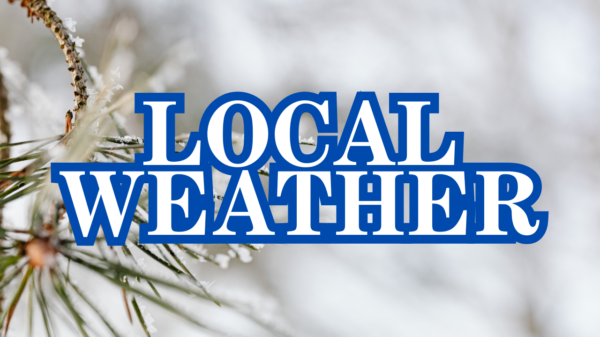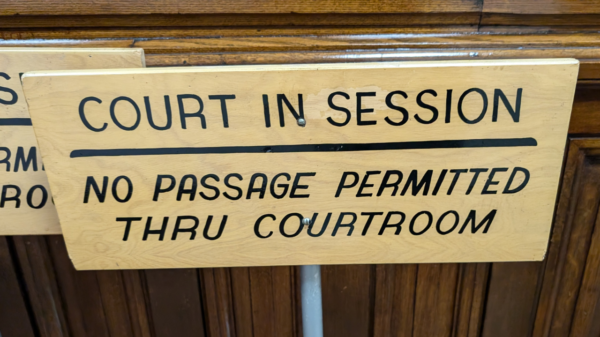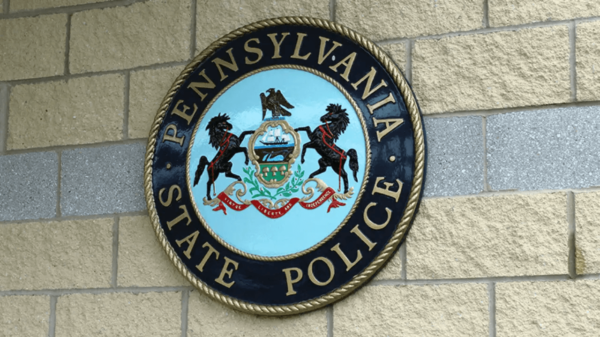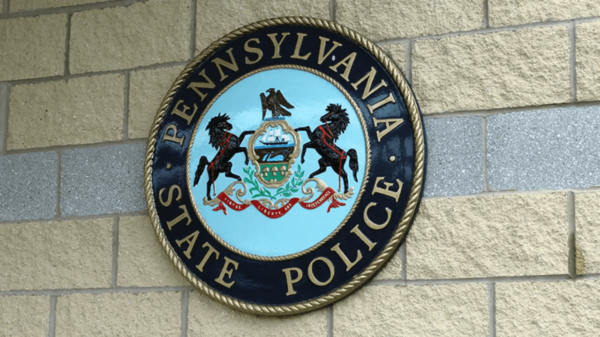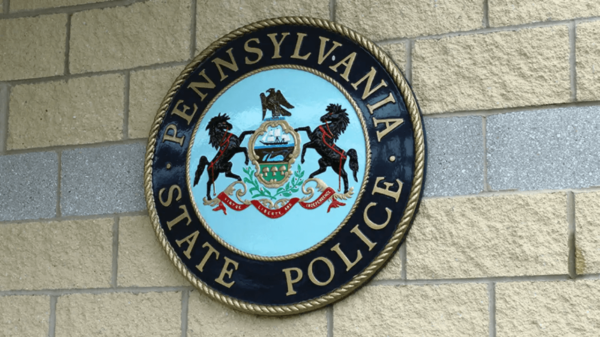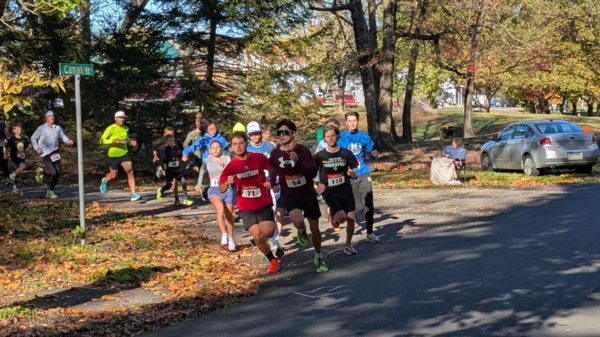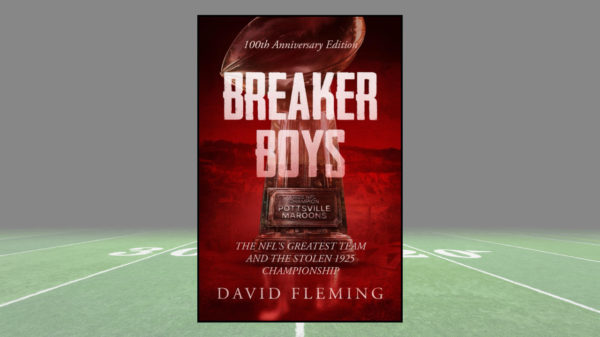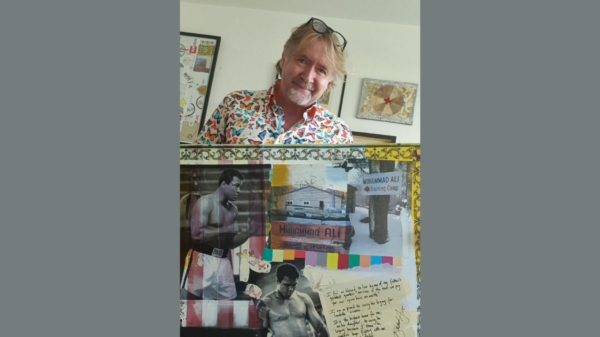
The Supreme Court ruled Wednesday that Mahanoy Area School District violated the First Amendment right of free speech of Brandi Levy when she posted a profanity-laced Snapchat message as a sophomore cheerleader.
SCOTUS ruled in Levy’s favor, 8-1, and said Mahanoy Area did not have the right to suspend her for a full year from the JV cheer squad after her Snap was seen by the school’s cheer coach. Justice Clarence Thomas delivered the lone dissenting opinion Wednesday.
Supreme Court Rules Against Mahanoy Area in Cheerleader Snapchat Case
“The school violated B. L.’s First Amendment rights when it suspended her from the junior varsity cheerleading squad,” the court wrote in a syllabus, or summary of the court’s opinion. “While public schools may have a special interest in regulating some off-campus student speech, the special interests offered by the school are not sufficient to overcome B. L.’s interest in free expression in this case.” (In the case filed before the court, Levy is referred to as BL because it was originally filed when she was a minor.)
Mahanoy Area v. BL was brought before the Supreme Court because the school wanted the justices to determine that they had a right to regulate a student’s speech when it occurred off campus. The school has continually appealed an original federal lawsuit filed by Levy – via her father, Larry – that argued Mahanoy Area violated her First Amendment right to free speech when they suspended her from the cheer team following her Snapchat posts.
Mahanoy’s appeals made it all the way to the Supreme Court and they argued their case before the 9 justices back in April. At that time, it definitely felt as though the Supreme Court would rule as they did today.
A majority of the justices ruled that Levy’s posts did not disrupt the classroom, as Mahanoy Area tried to argue. Therefore, the school could not regulate Levy’s commentary.
From the judgement’s syllabus:
“B. L.’s posts are entitled to First Amendment protection. The statements made in B. L.’s Snapchats reflect criticism of the rules of a community of which B. L. forms a part. And B. L.’s message did not involve features that would place it outside the First Amendment’s ordinary protection. The school’s interest in preventing disruption is not supported by the record, which shows that discussion of the matter took, at most, 5 to 10 minutes of an Algebra class “for just a couple of days” and that some members of the cheerleading team were “upset” about the content of B. L.’s Snapchats. there is little to suggest a substantial interference in, or disruption of, the school’s efforts to maintain cohesion on the school cheerleading squad.”
Although Breyer and the Court’s opinion do favor Levy, it did rule that schools do have some authority to regulate student speech if it occurs off-campus, just not in this case.
“Unlike the Third Circuit, we do not believe the special characteristics that give schools additional license to regulate student speech always disappear when a school regulates speech that takes place off campus. The school’s regulatory interests remain significant in some off-campus circumstances,” Breyer wrote.
Those circumstances include bullying or other forms of harassment, for example. But Breyer says that the Court could not define what specific types of speech could be regulated by a school if it happened off-campus.
Read the Supreme Court’s full opinion:
[pdf-embedder url=”https://coalregioncanary.com/wp-content/uploads/2021/06/supreme-court-bl-v-mahanoy-area.pdf” title=”supreme court bl v mahanoy area”]
Our Full Coverage: Mahanoy Area v BL
Photo licensed via Depositphotos
Subscribe to Coal Region Canary
Get email updates from Coal Region Canary by becoming a subscriber today. Just enter your email address below to get started!Support Coal Region Canary
Like our reporting and want to support truly local news in Schuylkill County? Your small donations help. For as little as $5, your contribution will allow us to cover more news that directly affects you. Consider donating today by hitting the big yellow button below ...